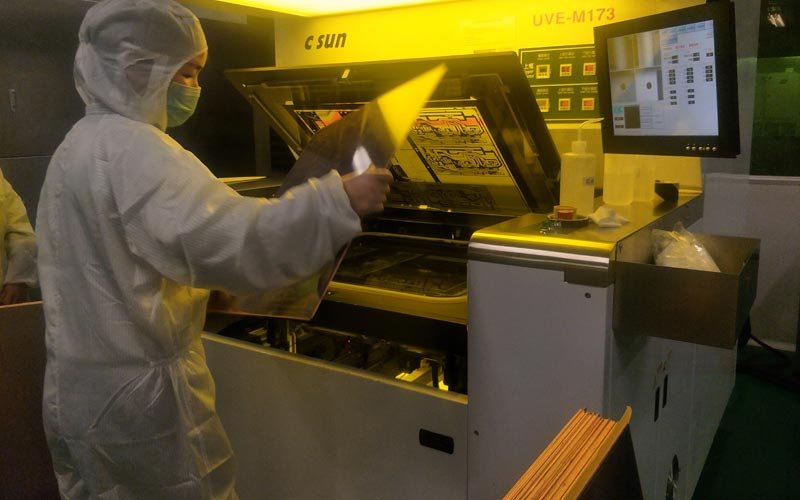Contents
What is a ceramic PCB and why is it more expensive than ordinary PCB boards?
Ordinary PCB is usually made by bonding copper foil and substrate, and the substrate material is mostly glass fiber (FR-4), phenolic resin (FR-3) and other materials, and the adhesive is usually phenolic, epoxy, etc. The main material of the ceramic substrate is metal oxide ceramics such as aluminum oxide (Al2O3), beryllium oxide (BeO), aluminum nitride (AlN), and the performance of the two is quite different.
1. Board rigidity. Ordinary PCB is basically a chemical fiber material. It is restricted by environment, temperature, processing technology and other conditions. Its rigidity is far inferior to ceramic substrate; the latter has strong thermal stability and low thermal expansion coefficient, so it can be used in In a harsher environment.
2. The heat dissipation performance of the ceramic substrate is excellent, which is very suitable for the working scene of high-power devices, while the ordinary PCB is currently restricted by the material technology and is far inferior to the ceramic material.
3. Insulation performance, ceramic substrate has good insulation and high pressure resistance, which effectively protects personal safety and equipment.
4. The ceramic substrate and the copper foil have a strong bonding force. Using bonding technology, the copper foil will not fall off, which greatly improves the reliability of the board.
In summary, ceramic substrate is a new type of PCB material with superior performance. In view of its material, manufacturing process and market usage, its cost is currently higher than that of ordinary PCB.

